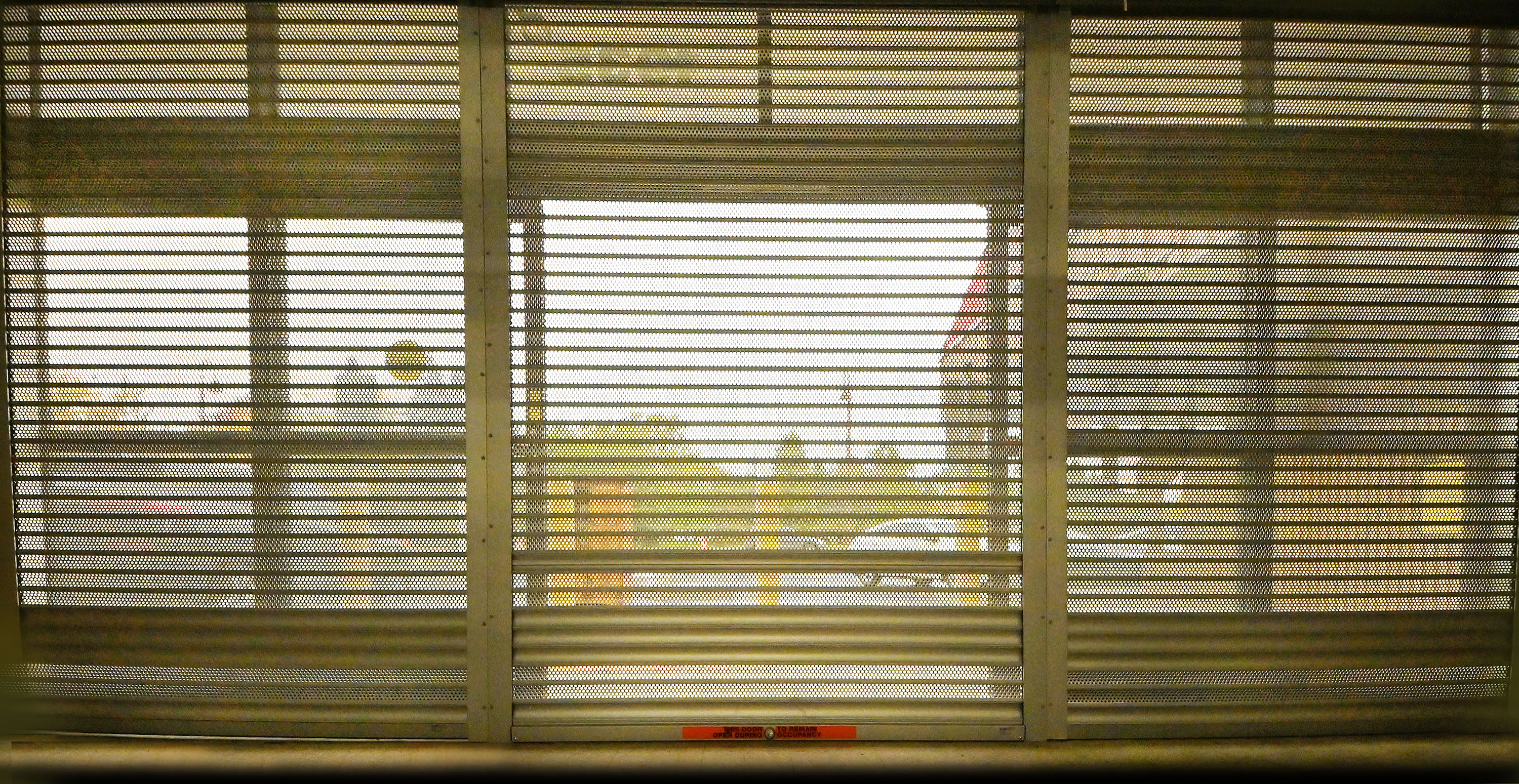Grocery stores are essential to every community, but they also face constant security threats — from everyday shoplifting to after-hours burglaries and smash-and-grab attempts.
Whether you’re running an independent local market or managing a chain of stores, implementing a robust, multi-layered grocery store security system is critical to both your bottom line and employee safety.
This guide breaks down practical, modern security solutions for grocery stores, from strategies for shoplifting prevention during store hours to physical barriers that protect against overnight break-ins.
With the right mix of technology and physical security infrastructure, you can dramatically reduce your grocery store’s exposure to risk.
Improving Grocery Store Security for Shoplifting Prevention
Shoplifting remains one of the most persistent issues grocery stores face, especially those with multiple entry points, large floor plans, and high foot traffic. To keep shrinkage in check, a layered approach is best:
1. Optimize Store Layout
- Clear Sightlines: Avoid tall shelves near entrances or exits where thieves can hide or quickly stash items. Keep aisles open and visible to staff and cameras.
- Strategic Product Placement: High-value or high-theft items (like alcohol, baby formula, or electronics) should be kept in monitored zones, locked cabinets, or behind staffed counters.
2. Implement Modern Technology
- Surveillance Cameras: Position high-definition security cameras at entrances, exits, self-checkout lanes, and in aisles with valuable products.
- EAS Systems: Electronic article surveillance tags and pedestals at exits are effective for deterring theft and catching shoplifters before they leave the store.
3. Train Staff to Spot Red Flags
Your employees are the eyes and ears of your store. Train them to:
- Recognize suspicious behavior (e.g., frequent returns to the same aisle, oversized clothing or bags, nervous movements).
- Greet every customer. Interaction alone can deter theft.
- Use non-confrontational methods to check in on suspicious activity.
Physical Grocery Store Security Measures for Protecting the Premises 24/7
While daytime theft is a top concern, many grocery stores suffer losses during off-hours due to break-ins or organized retail crime. That’s where physical grocery store security barriers become essential.
1. Reinforce Doors and Windows
Unprotected entry points (i.e., vulnerable doors and windows) are the first targets in any forced entry attempt. Consider implementing:
- Riot Glass’ AP-Series Security Glazing: This virtually invisible shield is installed over or in place of existing glass and provides always-there protection. Unlike regular glass or even tempered glass, the AP-Series resists impacts from crowbars, bats, and other burglary tools, making break-ins and smash-and-grab attempts extremely difficult.
- High-Security Doors: Back entrances, receiving doors, and loading docks should be equipped with heavy-duty security doors and tamper-resistant door hardware.
2. Install Roll-Down Security Shutters
Roll-down shutters provide full coverage over storefront windows and doors when closed, creating a strong visual deterrent and after-hours physical barrier. They’re ideal for grocery stores in areas with high crime rates or a history of vandalism and theft.
These shutters can be mounted to virtually any wall surface above a grocery store’s storefront and are fully customizable to fit the exact dimensions of your doors and windows, even extra-large openings. This makes them a flexible solution for stores of all sizes, whether standalone or part of a strip mall.
3. Use Side-Folding Security Grilles
For grocery stores with wide-open or curved entryways, such as those located within shopping centers, side-folding grilles offer flexible security for large openings while maintaining visibility.
These grilles can be easily retracted during business hours and deployed quickly after closing, making them both convenient and effective. They are available in a variety of materials and finishes, such as perforated aluminum designs or clear polycarbonate panels, so you can choose the level of visibility and aesthetics that best suit your store's branding and security needs.
Addressing Other Vulnerable Areas
Securing your grocery store should go beyond just reinforcing the storefront. Vulnerabilities can be found in overlooked areas like:
1. Loading Docks and Storage Rooms
Ensure these doors are locked at all times and only accessible to authorized personnel. Use motion-sensor lighting and cameras to monitor activity in out-of-the-way areas.
2. Rooftop Access
HVAC units and skylights are sometimes used by intruders to gain entry. Install cages around rooftop equipment and secure any roof hatches with lockable bars or alarm contacts. Don’t forget to reinforce vulnerable skylight glass with security glazing as well.
Using Lighting, Alarms, and Monitoring for Added Protection
No grocery store security system is complete without comprehensive deterrents, detection, and response measures:
1. Exterior Lighting
Bright, motion-activated lighting around entrances, parking lots, and delivery zones discourages break-ins and helps camera footage capture better detail.
2. Intrusion Alarm Systems
Install alarms on all access points with glass-break sensors, motion detectors, and 24/7 professional monitoring. Consider alarm systems that integrate with your video surveillance for real-time verification.
3. Remote Monitoring and Access Control
Use smart systems that let you:
- Check camera feeds from your phone.
- Lock/unlock doors remotely.
- Get instant alerts if there’s an attempted break-in.
This level of control is especially helpful for store owners who manage multiple locations.
A Note on Organized Retail Crime (ORC)
Organized retail crime rings are increasingly targeting grocery stores for quick-moving, high-value items like tobacco, over-the-counter medications, and liquor. These thieves are often fast, coordinated, and difficult to stop once inside. That’s why physical barriers, like security glazing and locking product cases for small, expensive, and high-risk items, are vital.
Additionally, make sure to work with local law enforcement and industry coalitions to report incidents and stay informed about active theft rings in your area.
Investing in Grocery Store Security Provides Long-Term Stability
Security might not generate revenue, but it protects it. Grocery stores that invest in layered protection — spanning employee training, smart layouts, video surveillance, and physical barriers like Riot Glass and roll-down shutters or side-folding grilles — are better equipped to handle both petty theft and major break-ins.
The reality is, grocery store security threats are evolving, and so too must your security strategy. Taking a multi-layered approach will make your store a place where customers feel safe, employees feel secure, and losses are minimized through intelligent, proactive design and modern security measures.
Looking for physical security solutions to protect your grocery store?Contact us today for a free consultation.

